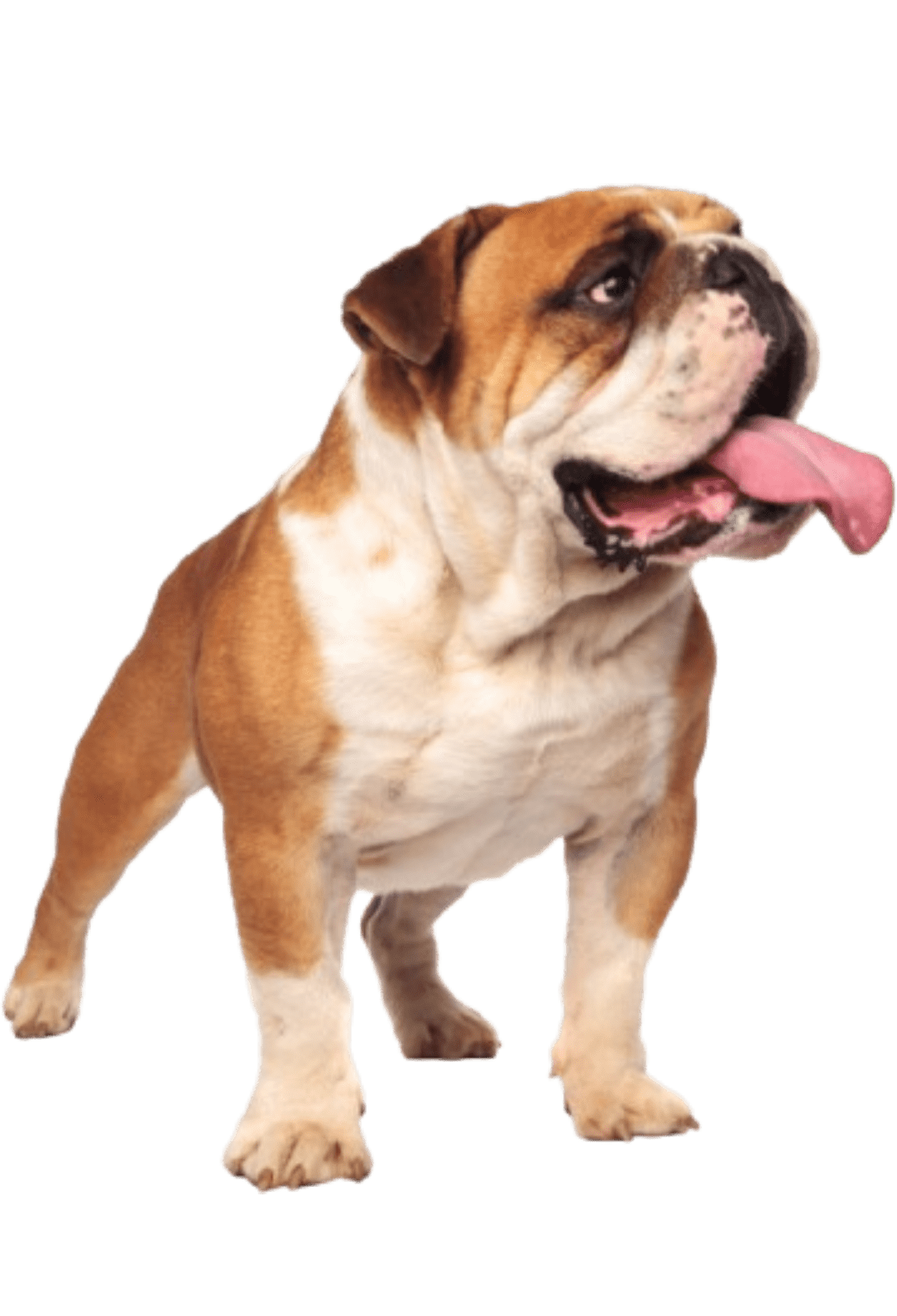

Brachycephalic Syndrome
What is Brachycephalic Syndrome?
If you have a Bulldog, Pug, French Bulldog, or another flat-faced breed, you may have noticed that their adorable short noses can sometimes cause breathing difficulties. This condition, known as Brachycephalic Syndrome, affects the airways, making it harder for these dogs to breathe properly.
While their unique facial structure gives them their signature look, it can also lead to restricted airflow and other health concerns. Fortunately, with expert care, these issues can be managed, helping your dog breathe more comfortably and live a happier, more active life.


Common Airway Issues in Brachycephalic Breeds
Brachycephalic Syndrome includes a combination of airway abnormalities, such as:
Signs Your Dog May Have Brachycephalic Syndrome
If your dog experiences any of the following symptoms, it may be struggling with airway obstruction:
Over time, untreated airway issues can put extra strain on the heart and lungs, making early intervention essential.
How Surgery Can Help
For dogs with moderate to severe breathing difficulties, corrective surgery can make a life-changing difference. Common procedures include:
After surgery, most dogs breathe easier, have more energy, and experience a dramatic improvement in quality of life.







Post-Surgery Care & Recovery
Recovery from brachycephalic surgery is generally smooth, with most dogs showing improvement within days. During this time, we focus on:
Brachycephalic Syndrome can present challenges, but with the right care and attention, your pet can live a comfortable and happy life. By recognizing the signs early and exploring treatment options, you can help your furry friend breathe easier, stay active, and thrive. If you have any concerns about your pet’s breathing, your veterinarian is always here to guide you toward the best care possible.

